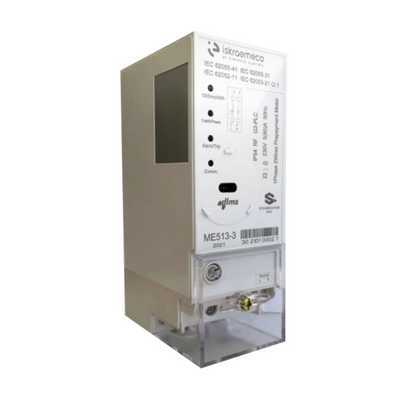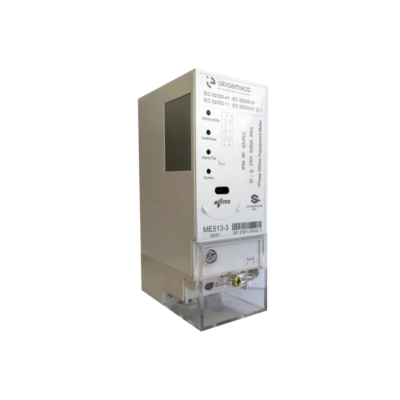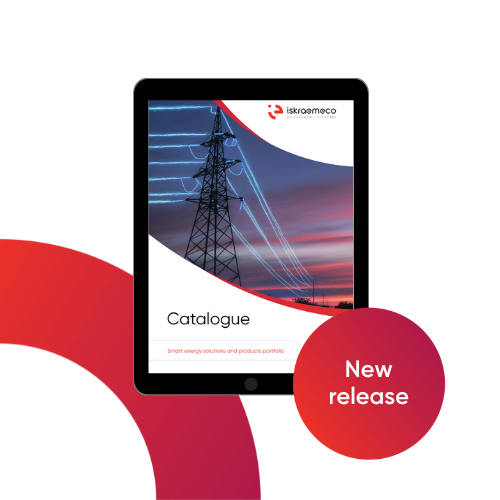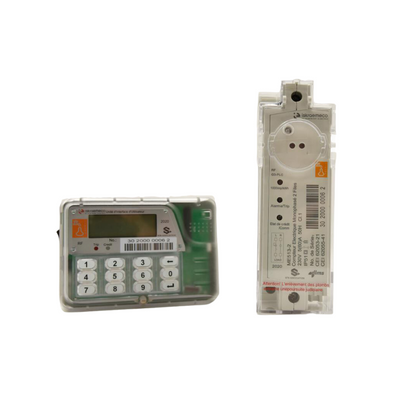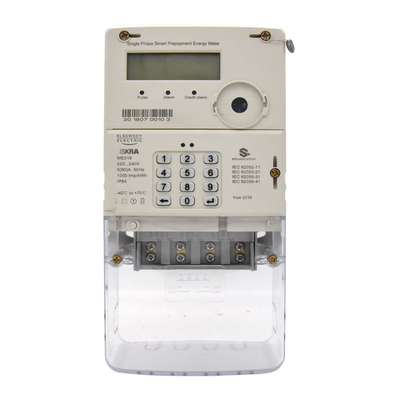- Bidirectional metering for import/export active energy, and four quadrants reactive energy
- Metering instantaneous voltage and current, active/reactive/apparent power, power factor and frequency, for total and per phase value
- The minimum cycle of the unit for electric energy direction judgment is one second
- The minimum unit of energy metering in memory is 1mWh, 1mVARh, and 1mVAh
- The minimum unit of energy metering of output (communication/display) is 1Wh, 1VARh, and 1Vah, the data refreshes every second
- Time of Use (TOU) of total import/export active energy, reactive energy
- Support of up to 8 tariffs
Read more
Read less

